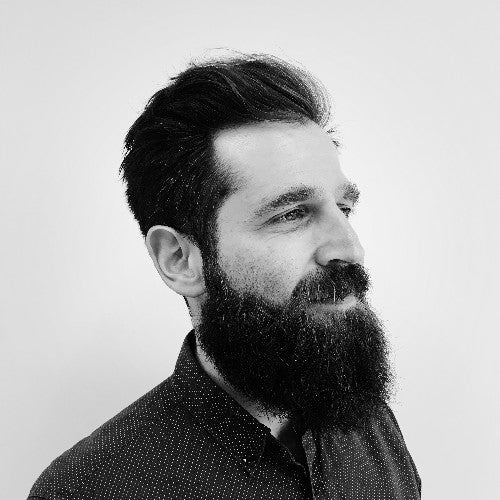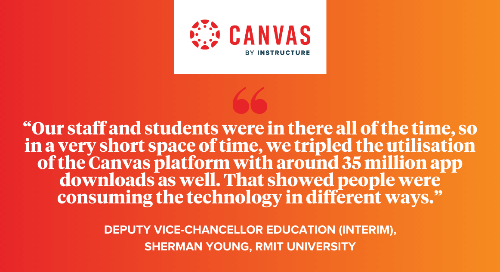Authentic assessments are getting a fair bit of airplay these days. They’re proving a great way to help tertiary institutions test if what they teach is relevant for the 21st-century work skills students will need.
While authentic assessments were a ‘thing’ before the pandemic, the road to incorporate them can become bumpy when face-to-face isn’t an option. That’s because they offer real-world settings for assessing learning (and teaching).
In short, they replicate the role of workers in an industry or profession. Their power comes to the fore thanks to student buy-in – they get to demonstrate their new essential knowledge and skills, usually with some guardrails. Authentic assessments go well beyond ‘right and wrong’ answers, reduce the risk of plagiarism and are snappy alternatives to traditional essays, tests, and exams, etc.
Pivots in a pandemic
An Australian university has been tackling authentic assessment amid COVID-19 and possibly in the post-pandemic world. Harnessing technology is the key to evolving its approach. The Royal Melbourne Institute of Technology (RMIT) University is shapeshifting in the authentic assessment space. And its prowess in this area is helping maintain its strong rankings - 23rd in the Asia Pacific for five key areas overall and 18th in the region for graduate employment rate, according to the QS Graduate Employability Rankings.
Speaking at the EDUtech Asia online conference recently, RMIT University’s Deputy Vice-Chancellor Education (interim), Sherman Young, shared how his institution embraces and transforms authentic assessment. The Canvas learning management platform (LMS) played a big role, too, he said.
It came to the crunch when the first pandemic shutdown was announced. (Keep in mind, the university’s headquarters are in the most ‘locked down’ city in the world.)
Young said: “It was a pretty challenging time and wasn’t all that long ago. I remember on a Monday, we said to staff, OK, this week we’re moving learning online. You can go to the office and pick up whatever you need on Tuesday; then, the campus shuts.
“There were apocryphal stories of people wheeling computer monitors down [Melbourne’s main street] Swanston Street to have something to work with at home. Even in those circumstances, our colleagues did amazing revamps and redesigns of their offerings.”
Among the revamps was how to shift authentic assessment from a face-to-face to an online learning environment.
A university with a global reach
Like many other universities, RMIT had to “take on a whole new mindset about how assessment works in a remote learning environment”, Young said.
He’s talking about Australia largest tertiary institution outright.
As well, RMIT is Australia’s largest dual-sector education institution, offering apprenticeships to doctoral programs in technology, design and enterprise. It has 96,000 students and 9,000 staff globally. A fifth of its students are international and enrolled to attend a campus; another fifth are also international but not on campus.
It’s not a small achievement that RMIT’s teaching staff and academics pivoted “really well and really quickly”, according to Young. A high point was positive student feedback (overall). Students said they “appreciated everything that teachers have done”.
So, where did all the online teaching, learning and assessing happen?
“Our staff and students were in the Canvas LMS portal all of the time, so in a very short space of time, we tripled the utilisation of the platform with around 35 million app downloads as well. That showed people were consuming the technology in different ways.”
There were some drawbacks despite the spike in usage, though.
“Many of our students are located overseas, including some in countries with restricted internet access. That’s why we weren’t able to support all of our students with technological solutions in a remote way and have optimal time zones for them.”
Reflecting on the pandemic’s early days, Young said it felt like a ‘wartime’ effort for the university.
“There was a realisation that we weren’t starting from scratch for online and blended learning. But there were some areas that we thought we were better at, such as from a technology and people perspective.
“Initially, it was like ‘let’s do what we can to make the best of a situation, but that’s difficult to maintain over 18 months.”
Building on expertise in assessments
This is what Young meant when he said RMIT wasn’t starting from scratch.
It’s long in the tooth when it comes to authentic assessment expertise and student engagement. It even compiled an international reference book about the topics – Transformations in Tertiary Education: The Scholarship of Engagement at RMIT University. Published in 2019, it highlights there’s a lack of research into authentic assessment design and guidelines, particularly for some technical areas.
What’s exemplary, then?
Three elements that underpin authentic assessment design are intellectual rigour, significance and student support. Authentic assessments can get a bad rap because some educators assume because the model replicates the ‘real world’, it’s automatically valid. That only happens when meaningful learning goals, objectives, standards and rubrics as part of the picture.
A recent example from RMIT is this blended learning pilot for nanotechnology students – they actually helped design what they were tested on. To choose a topic, they followed and engaged with nanotechnology researchers on Twitter. Then, they delved into their topic, presenting their findings as an academic essay, verbal presentation, infographic, or other forms. It replicated what their assessor – Associate Professor Daniel Gomez – had done in his work for the CSIRO, and he supported them throughout.
Meanwhile, in the Asia Pacific, RMIT holds training sessions for high school educators and principals in Vietnam about such assessments, how to conduct them, and their benefits. During the pandemic in that country, RMIT added ‘external formative’ feedback to modify its authentic assessment approach. That’s where industry partners where the assessment is taking place also give ongoing feedback. It’s useful to help bridge the gap between the classroom and the workplace. And it shows the university isn’t resting on its laurels, assuming it’s achieved best practice and that nothing needs changing.
Despite RMIT’s established expertise in authentic assessment, Young is modest.
“We have an aspiration for authentic assessment and it’s something that pre-COVID we did really well in pockets, but perhaps not well universally.
“For example, before COVID, we still had students in these rows of desks writing their exams for a couple of weeks. There was still that culture of using the good old-fashioned interview or exams for assessments.”
The pandemic, social distancing and limitations of space density meant RMIT’s staff across the board had to think up alternative assessment approaches.
“We had to think through what the assessment really meant and should really look like. We had to find ways to ensure students met their learning outcomes.”
That was effectively a tipping point to make authentic assessments more of the norm at RMIT, and it’s not just about giving students feedback and grades. Exposure to real-life scenarios and workplace challenges as a student can be eye-opening. And when it’s packaged as authentic assessment, it also tests instruction and teaching, giving a dynamic insight into how well academics are doing their job.
If you haven’t come across the diversity of authentic assessments, here’s a snippet to underscore how simple or elaborate they can be:
- Field research
- A pitchfest to industry, peers, or academics
- Developing and implementing a digital marketing program for a real business
- Creating e-portfolios
- Problem-based role plays
- Showcasing group work
- Self and peer assessment
- Reflective journals, and
- Work-integrated learning, etc.
Authentic assessment of learning and teaching
So how else did RMIT transform authentic assessment during COVID?
It essentially meant redesigning learning and assessment using the Canvas portal as the centrepiece of the transformation. It became the virtual learning hub.
The “trickiest” areas were those relying on face-to-face and hands-on student engagement, such as science labs and medical practices. RMIT addressed this challenge by using a mix of solutions. For instance, they tapped into virtual lab tools for simulations of various teaching and learning activities. Here’s how academics transformed a hands-on lab task.
Young said: “They went into the lab to film the activity and used that as a way to engage students. We might have even asked the students to set up the chemistry activity in their own kitchen, but the approach was OK, you can take the results from the film and write it up.”
As well, academics sent students packages of resources to use with their own facilities at home.
“My colleagues redesigned the activities and the assessments so that they could be done using what was at their hand, rather than a resource that was at campus. There was a lot of creative work done to really nurture our students through activities that would otherwise have happened on campus.
“We absolutely did what we could in different ways to ensure our students got an equivalent experience online and met the learning outcomes they needed to make.”
Elsewhere, authentic assessments were rescheduled to non-COVID shutdown periods when students could take part in intensive sessions to “catch up on all of their experiences”.
What the future holds
Tertiary education will continue evolving thanks to COVID-19 and technological advances, with no return to ‘normal’ in sight, said Young.
In taking authentic assessments to the next level, the challenge is now to convince the sector it “wasn’t a temporary thing”.
“For quite some time, many of us had been thinking about a reconfiguration, about how learning should progress in the 21st century. The reality for the immediate future will be some form of a combination of online and face-to-face learning.
“What’s been achieved is worthwhile, valuable, validated and something that works for students, staff and the institution. It’s a journey around the technology, plus there’s an important professional development and capability component for the institution we have had to manage, too.”
That means RMIT will continue to “dramatically reinvent” what it does in the learning and teaching space, Young said.
“That’s an outcome of COVID – it’s going to be a bumpy, rocky road to get where we want to, but having long-term strategies is key to find new and better ways of doing.”
Related Content
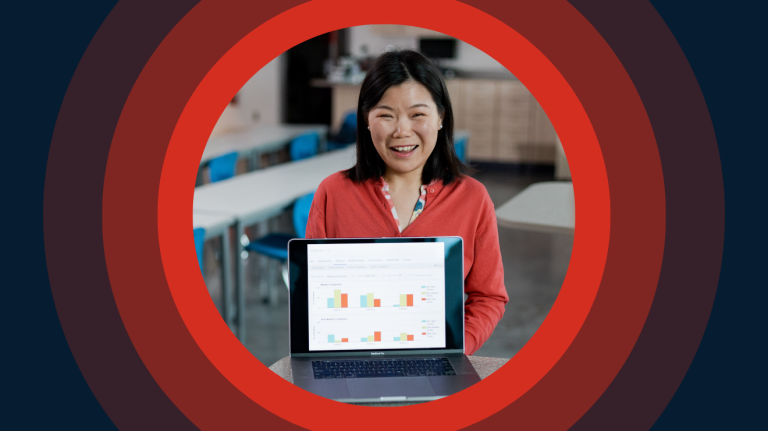 the_five_essentials_for_vocational_learning_platforms.png
the_five_essentials_for_vocational_learning_platforms.pngBlogs
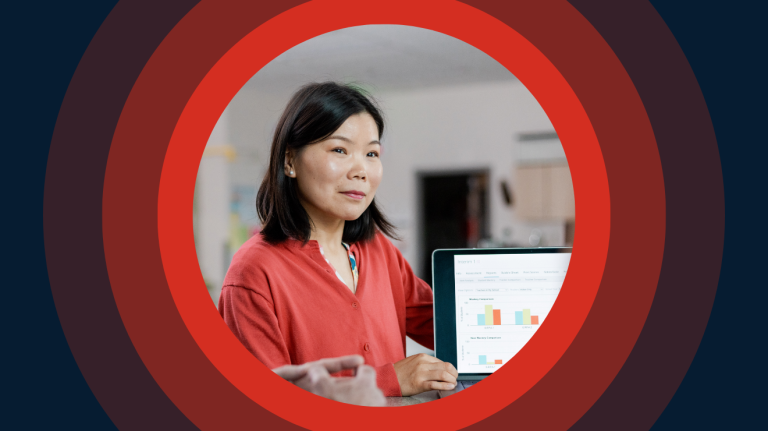 signs_its_time_to_rethink_your_learning_platform.png
signs_its_time_to_rethink_your_learning_platform.pngBlogs
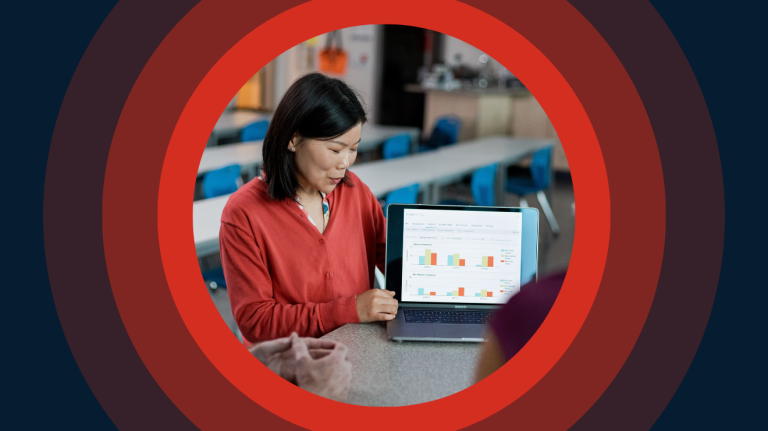 from_admin_tool_to_growth_driver.png
from_admin_tool_to_growth_driver.pngBlogs
